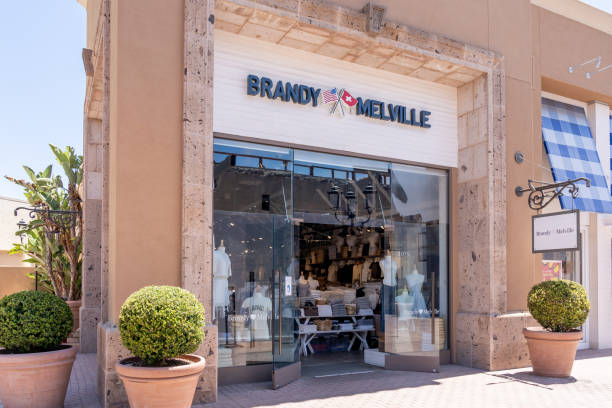
Introduction
Is brandy melville fast fashion? Teens and young adults are definitely familiar with Brandy Melville, which offers simple, trendy, and extremely cool apparel. However, as the concept of fast fashion has lately been put under so much scrutiny concerning sustainable and ethical practices, there is debate as to whether Brandy Melville can be classified under this category of fashion. In this blog, the author will discuss whether Brandy Melville is fast fashion or not, analysing the company’s performance and addressing some controversies.
What is Fast Fashion?

Fast fashion means the technique of the rapid production of fashionable garments with low priced and in large quantities to fulfill the consumer requirement. This form of fashion business strategy adopts the policy of changing fashion and bringing out new collections at almost every week. Some characteristics of fast fashion include:
- Low prices: Fast fashion companies are usually cheap in terms of price hence making fashionable styles contribute cheaply in the market.
- Quick production: Speed is of the essence. These brands tend to imitate high fashion designs and they take them to the market within weeks.
- Short life cycles: Fast fashion clothings are manufactured with a short lifecycle, so as trends change they have the consumer buy more garments.
- Environmental impact: The fast fashion industry for example is one area that is well known to be a major cause of environmental problems given the fact that in most of the cases the approaches used to produce clothes are unsustainable.
The Rise of Brandy Melville
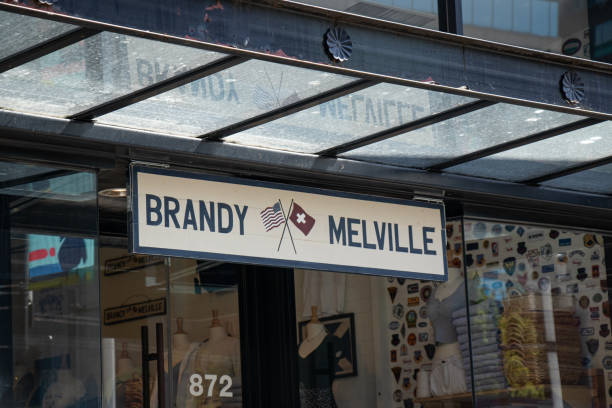
Launched in the early 1980s in Italy, Brandy Melville originally is a family enterprise that has expanded to the United States. The brand became widely famous in the beginning of the 2010s, and its main target audience was the young people, mainly teenagers and young adults. Ever focusing more on simplicity and looking like a Californian brand more than anything else, Brandy Melville became a favorite for the young crowd looking for trendy yet comfortable clothing. They targeted influencers to popularize their product and a social media filtered aesthetic that skyrocketed them into cult status.
Key Features of Brandy Melville’s Style
- Minimalist Designs: Erase any complexity of cuts, focus on the basic clean lines, commodity like black and white and the concept of classics.
- Youthful Aesthetic: Popular amongst adolescents and youths, sometimes associated with skinny tops, high-waist fitted pants, and large knitted tops.
- Limited Sizing: What has raised lots of concerns is the fact that the company has always prided itself in the “one shoe size fits all” model.
Brandy Melville’s Business Model
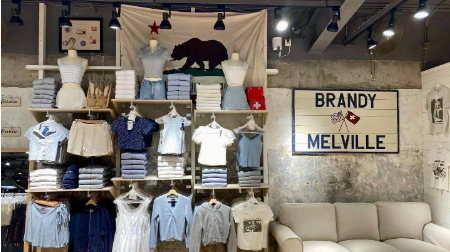
As a result, Brandy Melville’s selects a business model that centers on exclusivity, scarcity, and appealing ambiance of stores. This has helped the brand to achieve a good differentiation strategy in the highly competitive fashion market.
Elements of Their Business Strategy
- Limited Stock and Scarcity: Brand makes it its business that it often puts out its products in very small quantities which puts pressure on consumers.
- “One Size Fits All” Approach: While most fast fashion brands have more than several sizes for clothing items Brandy Melville mostly has only one size for most of their products.
- Lack of Online Presence: However, unlike many other large fast fashion brands, BM is somewhat restrained in its web activity and urges customers to visit physical stores.
- Targeted Marketing: Almost entirely centered around social networks, especially Instagram, Brandy Melville uses influencers for its target audience.
Is Brandy Melville Considered Fast Fashion?
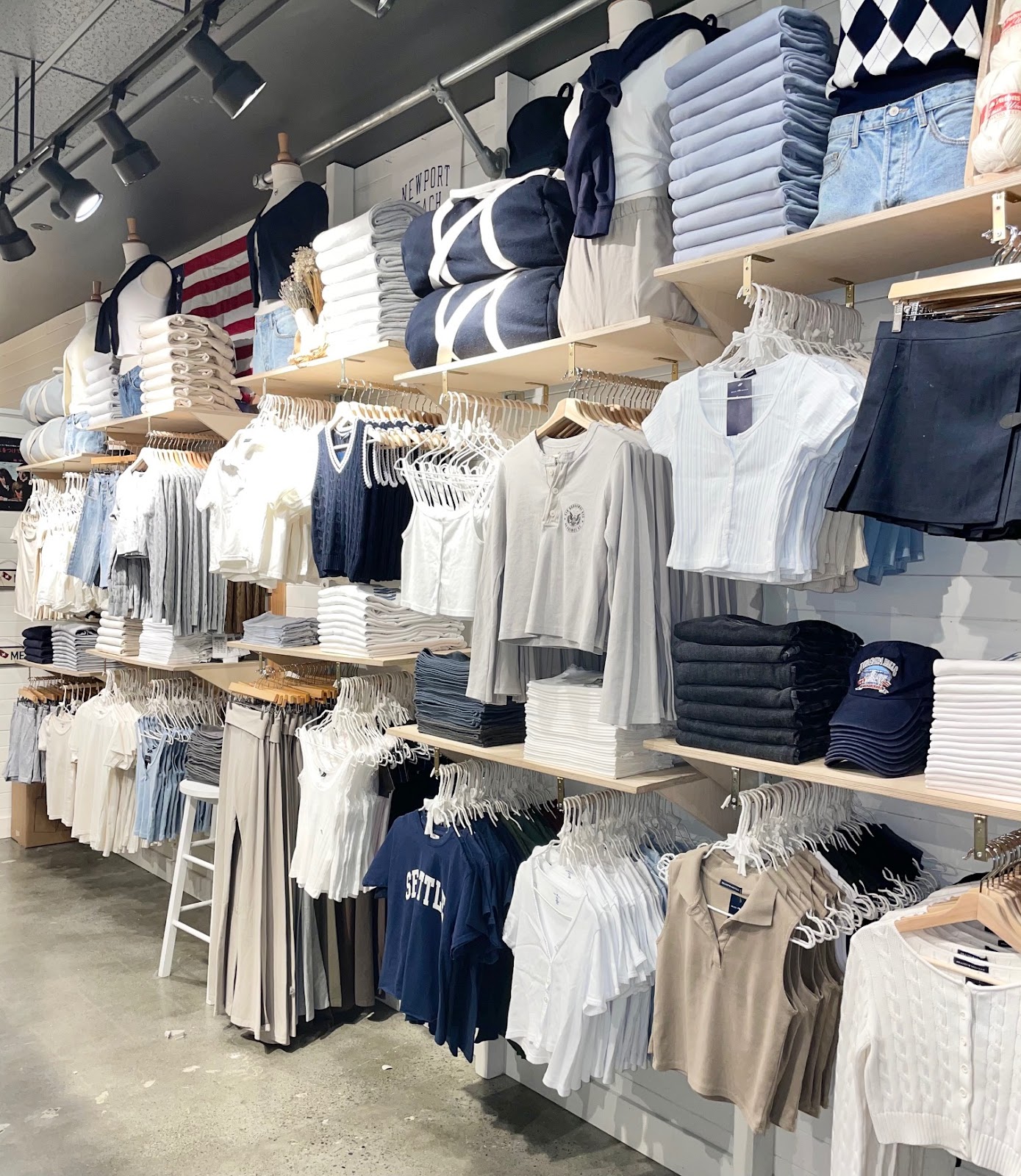
Drawing the line between fast fashion and Brandy Melville is not easily made. Therefore, although the brand refers to itself and is assimilated to some extent to fast-fashion, it differs in several aspects.
Similarities to Fast Fashion
- Affordable Pricing: Most of the products sold in Brandy Melville are fairly priced, in tune with the fast fashion business strategy.
- Trend-Driven Collections: The brand is aimed at the young people and offers the newest clothing items, as well as clothing suitable for the current season to sell as fast as possible.
- Quick Turnaround: More styles are introduced to their stores regularly, but not as often as other fast fashion stores such as H&M or Zara are doing.
Differences from Fast Fashion
- Smaller Collection Releases: Contrary to numerous fast-fashion brands that introduce hundreds of new products weekly or even daily, Brandy Melville’s new products are offered in increments and in a rather small diversity.
- Focus on Timeless Basics: Most of clothes offered by Brandy Melville are timeless pieces that can be worn during any season; thus, the company does not seem to focus much on trends.
- Higher Quality Materials: It should be noted that some have suggested that Brandy Melville manages to use marginally superior fabric than most generic fast-fashion brands so clothes may last a bit longer.
The Controversies Surrounding Brandy Melville
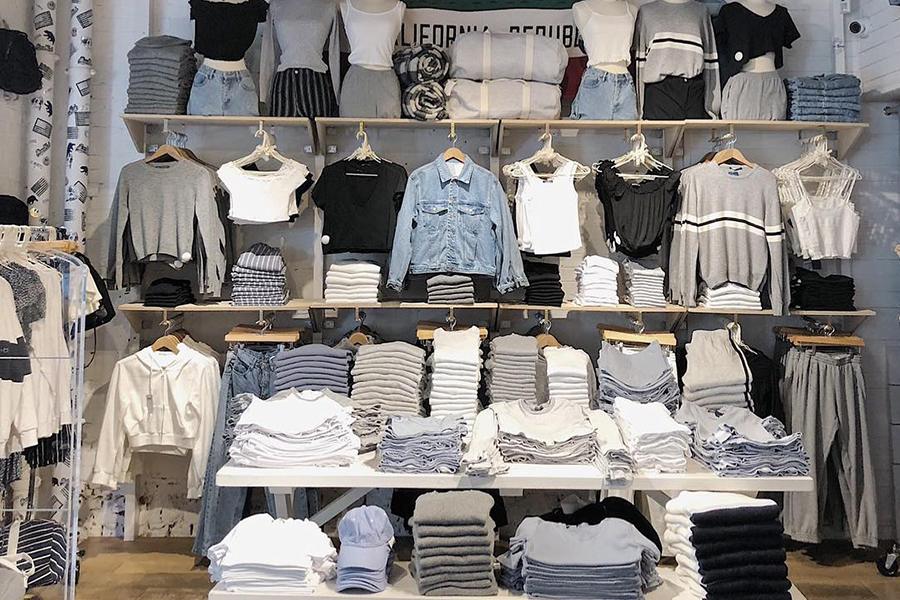
It might be worth addressing that Brandy Melville has faced criticism more often than not, most notably pertaining to its sizing, representation and PR.
The “One Size Fits All” Policy
The brand has come under criticism, particularly with its” size inclusive” offering, which which mostly accommodates petite figures. This has raised controversies on body positivity and diversity in fashion.
Lack of Diversity
Another issue that has been raised in critiques directed at Brandy Melville is the question of race, more specifically the lack of racial diversity of the brand’s advertising and imagery. Many adverts contain models who are thin with white skin and are considered to be propagating white and thin is beautiful.
Accusations of Toxic Work Culture
Some cases have been made under the policy claiming that this company discriminates for looks and racism among the managerial positions.
Sustainability and Ethical Concerns
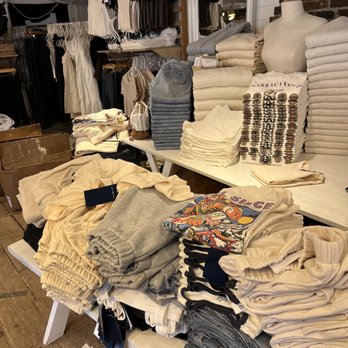
Sustainable fashion is the new trend within the fashion industry and unfortunately, Brandy Melville has been in the hot seat.
Environmental Impact
- Lack of Transparency: At present the brand barely provides sufficient information regarding its sourcing, manufacturing, or environmental impacts.
- Questionable Manufacturing: Sharing the scarcity of focal points regarding working conditions and reasonable wage rates of its workers like other quick fashion organizations, Brandy Melville produces its garments where labor cost is cheaper.
Ethical Considerations
- No Clear Sustainability Initiatives: One thing that has been sadly lacking in the company is the effort to go green like many other brands have been doing.
- Animal Welfare: As far as possible, the information about the brand position on animal issues is limited and the ethical source seems to have been neglected.
Brandy Melville’s Impact on Consumer Culture
Purchasing patterns of Gen Z and millennials have evidently shaped the growth of this retailer, known as Brandy Melville. The opportunities for the brand include exclusivity, focusing on social networks as a platform, and fan base.
The Role of Social Media
It has efficiently employed such means as Instagram to present a certain life image that fits the target group. Brandy Melville has benefited from partnering with enthusiasts which has helped the company expand its marketing without appealing to paid advertisements frequently.
Consumer Psychology
- FOMO (Fear of Missing Out): Very few products are introduced into the market to ensure that consumers rush to make their purchases within a short span.
- Aspirational Marketing: The thoughts and values that the company communicates to its consumer should be linked to the lifestyle that Brandy Melville showcases.
Comparing Brandy Melville to Other Fast Fashion Brands
Brandy Melville vs. H&M
- H&M: Characterised by gross product assortment and speedy stock turnaround TIME to name a few using sustainable approaches like Conscious Collection.
- Brandy Melville: Smaller ones, where it is less focused on that criterion.
Brandy Melville vs. Zara
- Zara: Heritage offerings ‘fast fashion’ brands with their ‘speed-to-market’ strategy, updating their own collections within a week.
- Brandy Melville: Slow fashion two is a slower releasing cycle strategy as they offer more ‘classic’ pieces of clothing that are limited in availability.
Conclusion
Thus, while it seems to hold similar models with fast fashion brands like Primark, Zara, H&M & co, in terms of price and chasing trends, it does so in different ways. The brand’s concept of differentiation, less accessibility, and a simple design make it very different from conventional fast fashion rivals such as Zara or H&M. However, a few drawbacks exist in respect of this store, most especially as regards sustainability and its ethics. As much as one might question whether Brandy Melville may not be fitting under the fast fashion brand label, it is a brand that cashes in on exclusivity, and consumption of trends.



